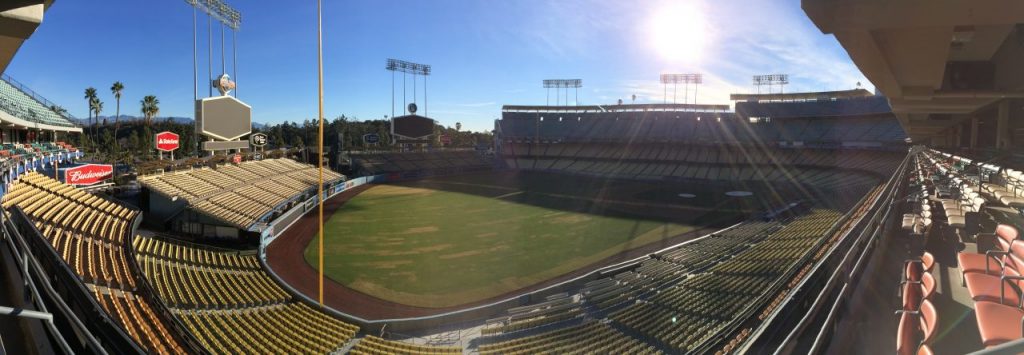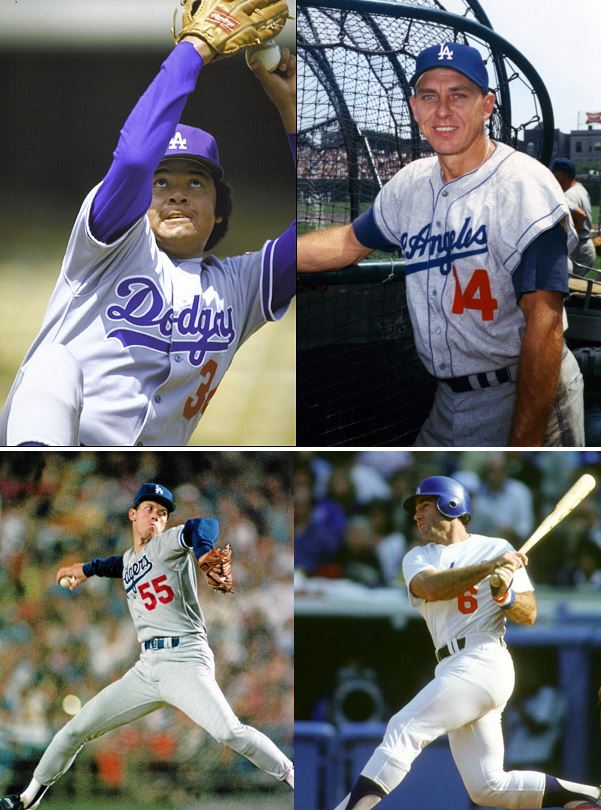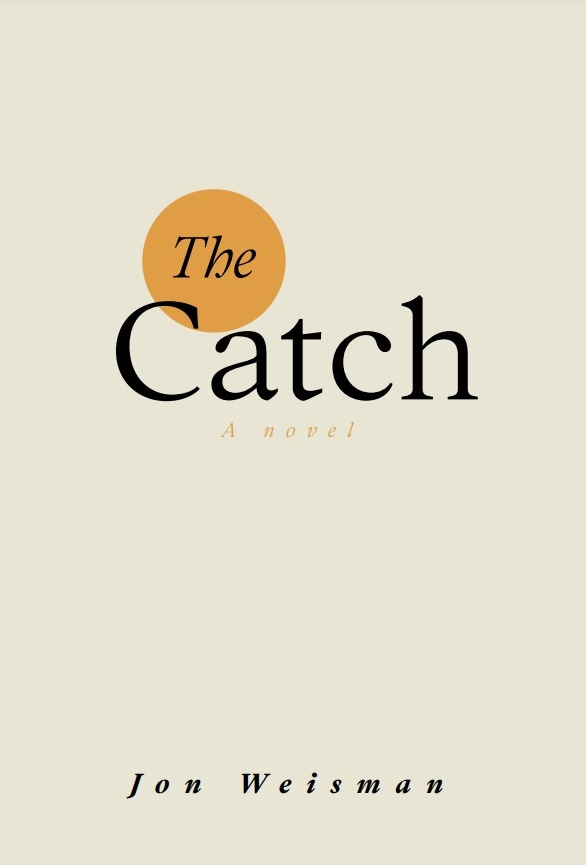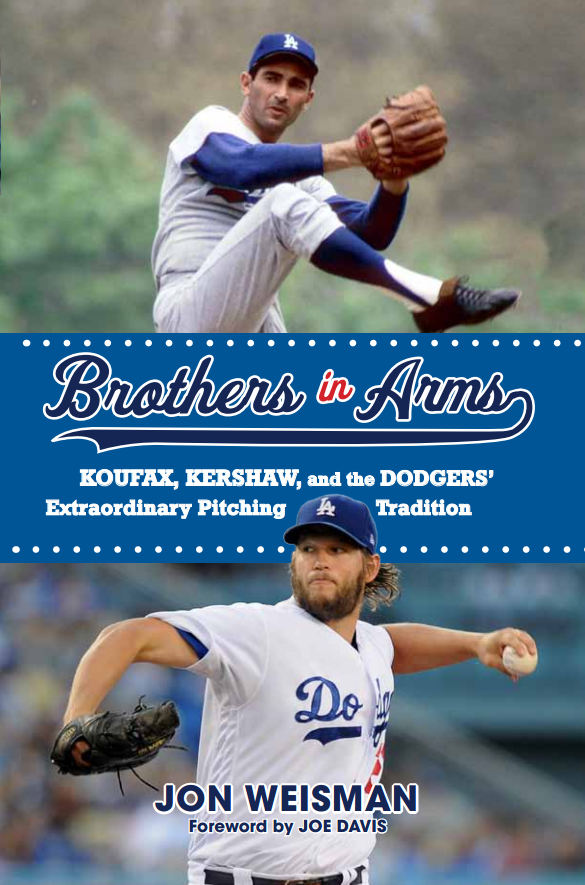So now Fernando Valenzuela has to get in. So now Gil Hodges has to get in. So now Orel Hershiser has to get in. So now Steve Garvey has to get in. So now …
Many a Dodger fan, understandably, said something like the above on a perfectly nice Sunday evening in response to a perfectly nice human being, Harold Baines, getting a perfectly unexpected honor by being voted into the Hall of Fame by the imperfectly named Today’s Era Committee.
Without rehashing what many have discussed at length elsewhere, Baines had a terrific career … that almost no one thought was worthy of Cooperstown, but he found favor curried in a committee of 16 men, 12 of them voting “aye.” Lee Smith would have been enough of a surprise as a unanimous selection. Baines was mindblowing, as The Cooperstown Casebook author and Hall of Fame guru Jay Jaffe wrote at Fangraphs:
Baines, who took 59.7% of his career plate appearances as a DH and set records in that capacity that were later surpassed by Martinez and David Ortiz, collected 2,866 hits and 384 homers over the course of his 22-year career. Nonetheless, he was poorly supported by the writers; though he lasted through five election cycles before falling off the ballot, he topped out at just 6.1%. Not only is there no precedent for a candidate with so little BBWAA support gaining election by a small committee in the era of the “Five Percent Rule” (from 1980 onward), but there’s really no precedent for a player from the post-1960 expansion era doing so. …
Every bit as unsettling is the fact that Baines accumulated just 38.7 WAR (using the Baseball-Reference version) and 30.1 JAWS. Considered as a right fielder — I consider every DH candidate at the position where he accrued the most value — he ranks just 74th in JAWS, below 24 of the 25 Hall of Famers (19th century outfielder Tommy McCarthy is the exception). From under-supported BBWAA candidate Larry Walker (10th in JAWS among right fielders), to players such as Dwight Evans (15th) and Reggie Smith (16th) who have never sniffed a small committee ballot, that’s a troubling inequity. And everyone and their brother has a pet candidate just among the right fielders for whom a stronger case could be mounted. Tony Oliva, Rusty Staub, Dave Parker? All rank in the 30s in JAWS among right fielders, and appear to have stronger traditional credentials as well.
Reasonable minds can debate how low the bar should be for inclusion in the Hall of Fame, but it’s hard to dispute that — again, without anything personal against the man — Baines lowers that bar.
Potentially, the consequences are huge. A frequent part of Hall of Fame chatter is “if X can be in the Hall, then Y absolutely deserves it.” And let’s face it — the Dodgers offer plenty of Ys, as in why not? With the four names I offered at the start of this post, fans might add longtime franchise greats like Ron Cey, Willie Davis and Maury Wills, multiteam superstars like Dick Allen, Kevin Brown, Andruw Jones, Jeff Kent, Kenny Lofton, Fred McGriff, Manny Ramirez, Gary Sheffield and Reggie Smith, a player who boosted his credentials as a manager like seven-time division winner Dusty Baker, a player who boosted his credentials as a surgical patient like Tommy John, a true two-continent star in Hideo Nomo, and my personal obsession, Don Newcombe.
And that concerns me. Why should it? After all, there’s no real incentive for me, as a fan or as a writer about the Dodgers, not to want the floodgates to open for a number of Dodger heroes. I’m not even someone who values a small Hall — I’m pretty much a “more the merrier” person. It’s not like the fact that Baines will have a plaque at Cooperstown will make me think any less of Sandy Koufax.
But this isn’t only about the Dodgers. There are 29 other teams, after all, even if some of the newer franchises don’t have many legends in their historic quiver. At The Ringer, Ben Lindbergh starkly illustrated the problem of including every Baines-level player in the Hall of Fame.
The current Hall (sans Smith and Baines) includes 226 players, about 1.2 percent of the 19,103 players who’ve appeared in a major league game since 1876. The Hall of Baines would feature 837 players, about 4.4 percent of those 19,103. Still exclusive company! Just not nearly as exclusive as the hall has been historically. To include all players with statistical cases as strong as Baines, the hall would have to be almost four times less discerning than it has been to date. (You can click here to view the whole Hall of Baines.)
While you can point to however many non-Hall Dodgers who had better careers than Baines, but that’s not the point, is it? If you’re using Baines as the standard, then everyone at his level or above gets in. Are you prepared to enshrine all of them?
It makes more sense to treat the Baines election for what it was — an anomaly produced mainly by cronyism — pretend it didn’t happen, and continue to evaluate players going forward by the pre-Baines standard. As Joe Posnanski wrote in this lengthy history of Hall of Fame voting, it wouldn’t be the first time that the Hall didn’t let one of its exceptions become the rule.
* * *
All that being said, if the rope to the Hall extends any farther down, it’s worth prioritizing who should be the first to climb. I think there are several players who passed through Los Angeles that, even before Bainesgate, deserve continued consideration. But here’s what I would say about the contenders that I expect most Dodger fans most care about, the ones who would likely choose a Dodger helmet for their Cooperstown plaque if they had the chance:
Dusty Baker: Give Baker the 2002 and 2003 World Series titles that he could have easily won, add that to his 1,981 career hits and 1,863 managerial wins, and you’ve got yourself a Hall of Famer — a stronger pick, many might say, than Tommy Lasorda. But it didn’t play out that way.
Ron Cey: Perpetually in the shadow of Mike Schmidt in the National League, Cey had 1,012 walks to go with his 1,868 hits (316 home runs) and solid if not rangy defense, not to mention some signature moments in the 1981 World Series. The defensive value may put him ahead of Baines, but that’s probably as far as the discussion goes.
Willie Davis: I’m not sure even diehard Dodger fans give enough credit to Davis, the franchise’s all-time hits leader (2,091 for the Dodgers, 2,561 in his career). His defense and speed elevate him even more. Consider this excerpt from the 2019 Bill James Baseball Handbook:
Willie played in the toughest hitter’s park in baseball, or something very near to the toughest hitter’s park in baseball, in the era of the greatest run scarcity of the last 100 years. Yes, he did hit just .245 in 1963 and just .238 in 1965, but the Dodgers also scored only 640 runs in 1963 and only 608 runs in 1965—and they won the World Series both years. Those run totals would be last in the majors in a normal year, or very close to it.
Yes, of course Koufax and Drysdale deserve tremendous credit for the success of those teams, but they also need to share the credit with their teammates. Willie was the center fielder behind them, a three-time Gold Glove center fielder. The relatively few runs created by Willie Davis and Wes Parker and others had much more impact, in that environment, than they would in a normal environment. That’s what the data is telling you: this guy was better than you think he was. What looks like sub-normal offensive production, wasn’t.
And he didn’t hit .240 all the time; he also hit .294 in 1964, stealing 42 bases, and .284 in 1966. The run drought lasted from 1963 to 1968. Before it started, 1962, the 22-year-old Davis hit .285 with 21 homers. When the run drought finally ended, when he got to play in a more normal environment, he hit over .300 three straight years (1969-1970-1971). Even when he was 34 years old, in 1974, he hit .295 with 12 homers and 89 RBI.
Steve Garvey: Some might consider it unfair to judge Garvey through a modern prism that values on-base percentage when he played in an era that venerated batting average, but the reality is that a career on-base percentage of .329, peaking at .363 in 1976, with 272 home runs while playing first base doesn’t convince me that Garvey is much more deserving than Baines, especially when Garvey trails Baines in career hits and homers, not to mention walks and adjusted OPS. (Garvey does lead Baines in wins above replacement.) Put Garvey next to a guy like McGriff, and it’s not even close. Even the low-profile ballplayer who spent years next to Garvey, Davey Lopes, ended his career with more WAR.
Yes, Garvey was ridiculously durable, an MVP and frequent All-Star who delivered in the postseason, and perhaps most of all, he really was one of the iconic players of the 1970s. He definitely brings the “fame” part of the equation to the table. But even I, as a wide-eyed pre-teen during the heyday of the 1970s and early ’80s Big Blue Wrecking Crew, didn’t feel Garvey was the best position player on a team that has no Hall of Famers besides Don Sutton.
Again, I obviously have no vested interest in Garvey not making the Hall of Fame, so more power to him, but although he drew much more support from the BBWAA during his time on the ballot than Baines, Garvey’s selection would still invite quite a bit of derision.
Gil Hodges: Vin Scully long championed Hodges as a Hall of Famer, and honestly, that should be enough to end the conversation. Plus, he really did come close, twice surpassing 60 percent of the BBWAA vote, plus a third time through the Veterans Committee. But clearly, he couldn’t convince enough of the people who saw him play that he belonged, and the passage of time doesn’t help his case. The 370 homers as a first baseman, playing mainly in 1950s Brooklyn, no longer seem nearly as impressive, even if they did rank 11th in MLB history when he retired after the 1963 season. Hodges made eight All-Star teams in a nine-year stretch, but never finished higher than seventh in the MVP voting and only twice made the top 10. Unlike Baker, Hodges does get extra points for winning a World Series — one of the most famous managerial feats to boot — and it’s fair to wonder what might have been if Hodges hadn’t died at age 47 (for comparison, the age Dave Roberts will be in 2019). He lands ahead of Garvey, but that’s about as far as I’ll go.
Orel Hershiser: Hershiser at his peak was phenomenal, and that peak encompasses far more than 1988. From 1984-89, Hershiser gave you a 2.62 ERA (132 ERA+) from 1984-89. And then you have his recovery from a 1990 surgery that was only a bit less radical than Tommy John’s operation, followed by more than 1,600 above-average innings into his 40s. Overall, I’ve always felt Hershiser fell just shy of Hall of Fame status — and Jaffe agrees — but he should be one of the first to benefit from any leniency in the criteria.
Tommy John: And yet, before Hershiser, you almost certainly have to take John. Despite missing more than a season because of the famous surgery, Hershiser threw 4,710 1/3 innings in the majors, more than all but 13 other players. He threw 2,544 2/3 innings after the operation. He didn’t have Hershiser’s peak, but the depth of his career makes up for it. John is a valid Hall of Fame candidate regardless of the Baines standard. While you’re at it, please add pioneering surgical artist Dr. Frank Jobe to the Hall as well.
Hideo Nomo: The case for Nomo not only depends on his sparkling moments in the United States, and not only his true dominance in his native country, where he was an elite pitcher despite being insanely overworked. He was also, in a sense, the Curt Flood for Japan. People take it for granted now, but there was a time when the system was completely set up against Japanese pitchers taking their talents to North America. Nomo, bravely, risked his entire career to change that. He is a truly significant figure in the history of baseball. But when the Hall refuses to induct a figure as seminal as Marvin Miller, Nomo’s contributions will no doubt remain overlooked.
Don Newcombe: Newcombe lost his age-26 and age-27 years to the military, and still emerged as one of the most dominant figures of the mound, winning the Cy Young and NL MVP awards in 1956, despite being underappreciated both inside and outside the organization. On top of it all, he was one of the greatest-hitting pitchers this side of Babe Ruth. No less an authority than official MLB historian John Thorn told me in Brothers in Arms that he thought Newcombe’s military service “cost him a position in the Hall of Fame.” Based on the career he had, Newcombe is not realistically a Hall of Fame pitcher, but in my mind, Hall of Fame quality resided inside him.
Reggie Smith: I offered my passionate feelings about Smith in my essay for The Hall of Nearly Great, which I encourage you to read, but just to shorthand this, however deserving Garvey or Hodges may be, Smith is more so. In The Cooperstown Casebook, Jaffe ranks Smith right behind Dwight Evans and Ichiro Suzuki — and ahead of 2018 inductee Vladimir Guerrero.
Fernando Valenzuela: Even more than Nomo, Valenzuela was a cultural phenomenon and bonafide star in the major leagues who was essentially done in by overuse, with only one full season of above-average performance after the age of 30. He is not destined for Cooperstown, but he is the first guy I would have the Dodgers bend their rules about retiring jerseys only after the player reaches the Hall of Fame (or passes away suddenly during the 1978 World Series).
Maury Wills: Nothing has changed in the 15 years since I analyzed Wills’ Hall of Fame credentials. He was a wonderfully exciting ballplayer, but even with 2,134 hits and 586 stolen bases, he was simply not good enough to be in the Hall of Fame — and his most famous credential, that he revolutionized baseball by bringing back the stolen base, is a myth. After Wills swiped 104 bases in 1962, stolen-base totals in the majors went down in 1963, went down again in 1964 and didn’t return to 1962 levels until 1969. Just speaking about his teammates alone, Davis deserves a longer look than Wills.
From the group that I’ve examined, the group of would-be Dodger Hall of Famers who aren’t, here’s how I would rank the top five:
1) Tommy John
2) Orel Hershiser
3) Reggie Smith
4) Gil Hodges
5) Willie Davis
And I’d put Jobe in ahead of all of them.





Comments are closed.